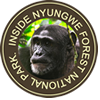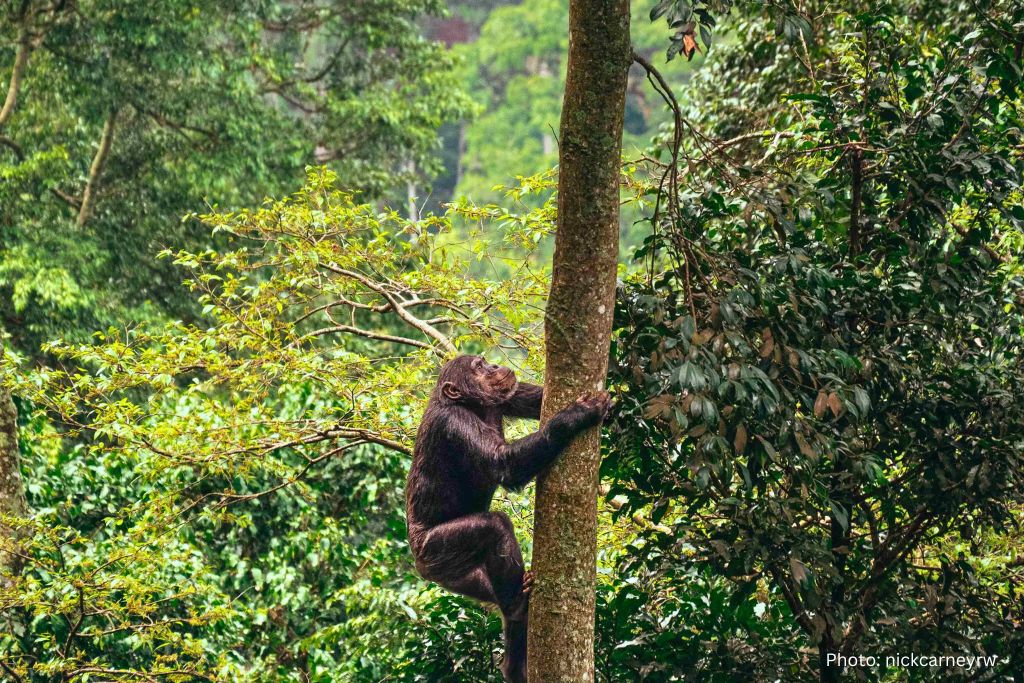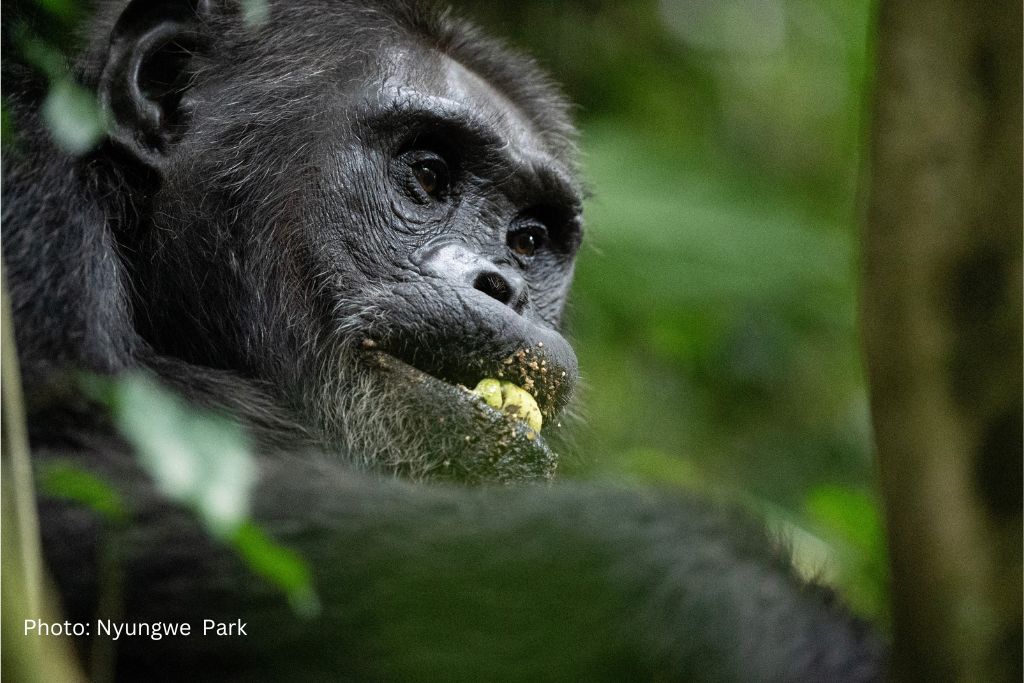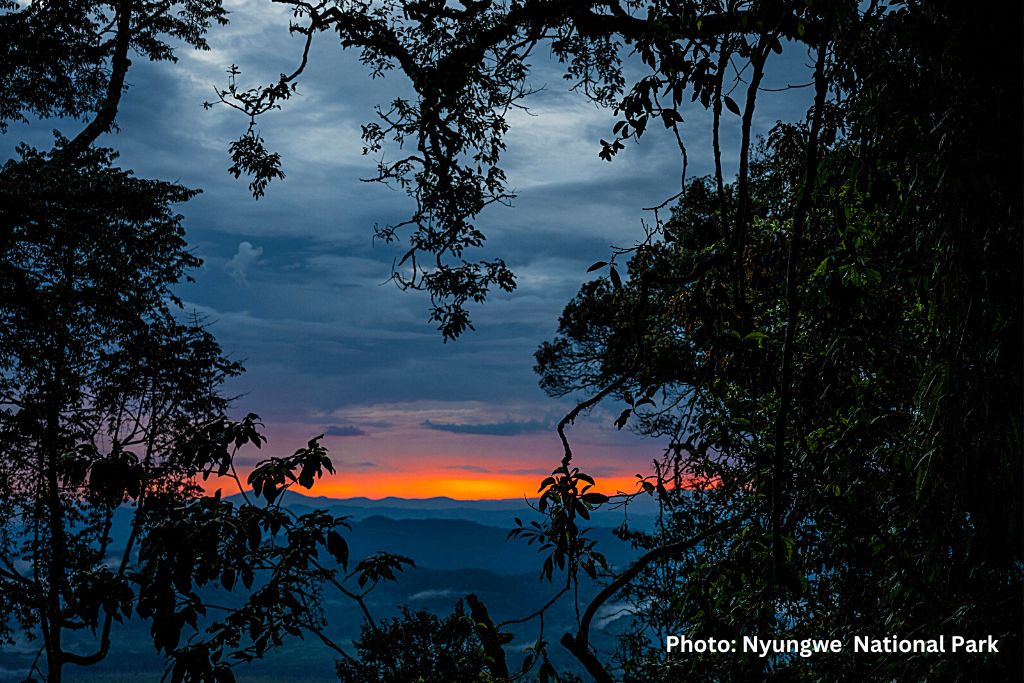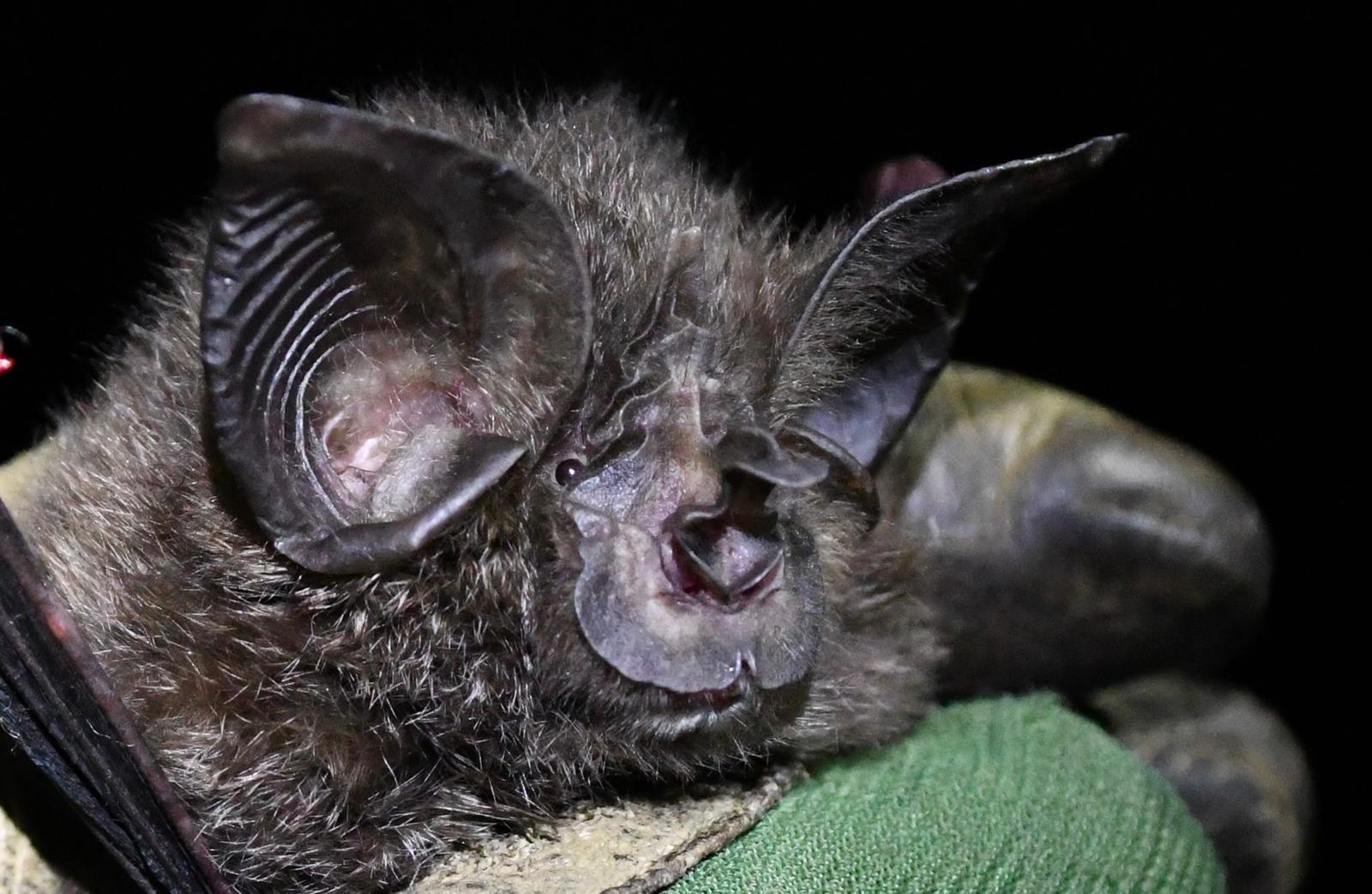
Hill’s Horseshoe Bat in Nyungwe
Nyungwe Forest National Park in the Southern Province of Rwanda is a biodiversity hot spot, sheltering some of the rarest and endemic wildlife species. One of the creatures that you will only see in this Protected Area is the Hill’s Horseshoe Bat (scientifically known as “Rhinolophus hill). These mammals are endemic to Rwanda and have only been sighted in this National Park (the largest Afro-montane rainforest in the East and Central African region) with just 1000 square kilometers to its name. Book Now
These creatures were last recorded in the early 1980s and at the time, there were growing worries that they wouldn’t last forever and were about to go extinct. Four decades later, the unique bat which was categorized as “critically endangered” under the International Union for Conservation of Nature (IUCN) Red List is now unexplainably existing after a Multi-National team of Experts led by Bat Conservation International, the Rwanda Wildlife Conservation Association as well as Rwanda Development Board announced the rediscovery of these exceptional Bat species on 8th March 2022.
These creatures are referred as “horseshoe bats” because of their large nose-leafs that are incredibly shaped like horseshoes. These Nose-leafs are fundamental in echolocation with constant frequency calls at high-duty cycles as a way of locating their prey in high environmental clutters.
As a way of supporting wider efforts in comprehension as well as protecting these critically endangered Bat species, Bat Conservation International has published a number of records pertaining the rediscovery in their first dataset that was subsequently shared publicly through the Global Biodiversity Information Facility. Just five months after the announcement was made, the team of Researchers made a trip to Rwanda, where a Hill’s Horseshoe bat was caught and radio-tracked to identify where it roosts during day, something that was initially unknown about this bat specie. It was later discovered that this bat roosts in a tree with several other bats. Several studies are still ongoing to observe and gather the bats excrement to assist in the understanding of their diet.
The research will also assist in determining potential threats to this bat population, undertake surveys within Nyungwe Forest National Park to publish the first database for Caves as a way of better understanding potential roosting habitat, identify the different bat species in this Park (by recording Genetic samples and Echolocation calls), and also determine the main foraging habitat and diet of the Hill’s Horseshoe bat, to mention but a few.
This Park, with just over 380-square miles in size is also home to over 320 bird species that include about 25 Albertine Rift endemics, over 80 mammal species that include 13 species of primates (such as chimpanzees, L’Hoests monkeys, black and white colobus monkeys, the red-tailed monkeys, blue monkeys, Olive baboons, vervet monkeys, and so much more). These bats are part of the mammals, which together with other wildlife species in this Protected Area have been affected by decades of habitat loss, deforestation and poaching.
